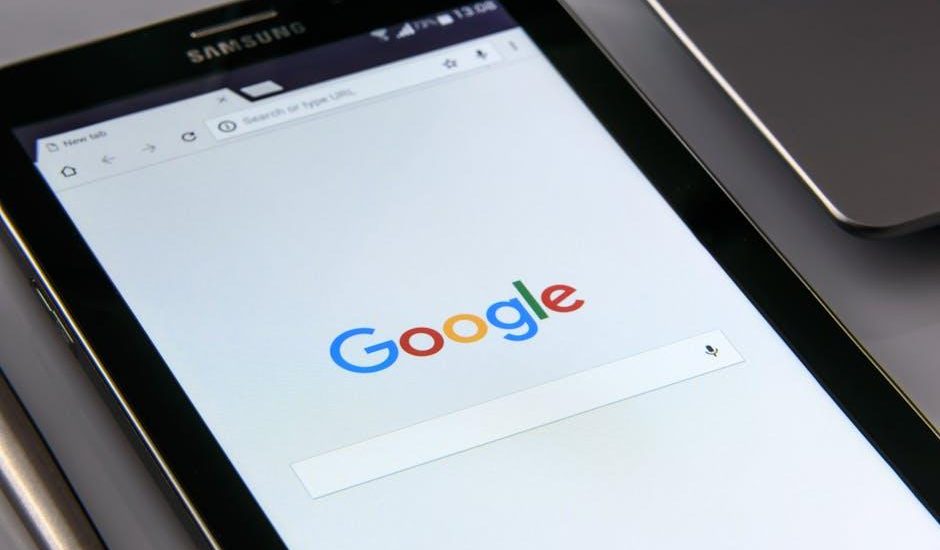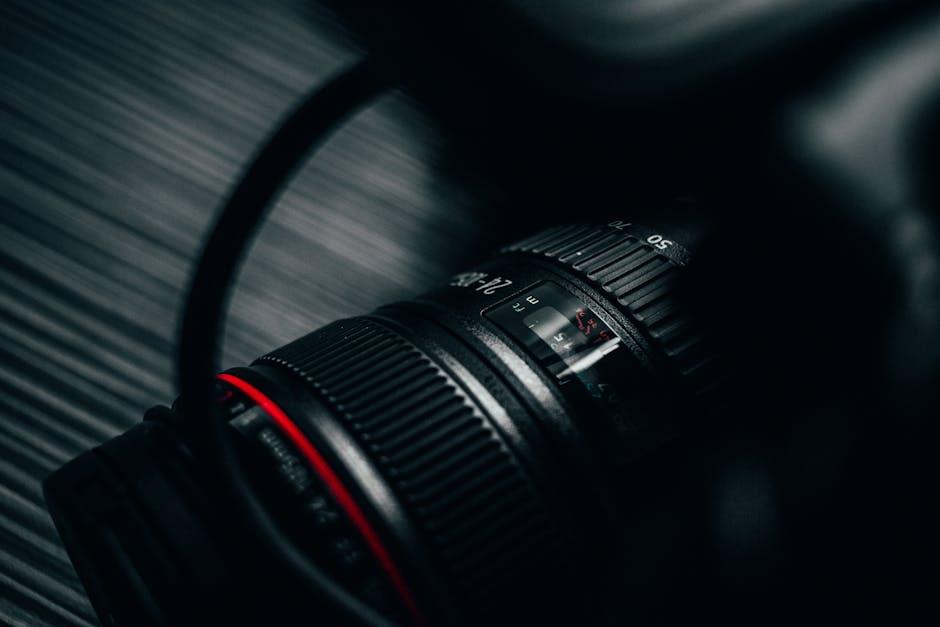



In the ever-evolving landscape of digital advertising, staying ahead of the competition requires not just savvy strategy but also an eye for innovation. As businesses strive to capture consumer attention amidst a sea of content, Google is raising the bar yet again. With the rollout of its enhanced image optimization features in Performance Max campaigns, advertisers are presented with a powerful tool to elevate their visual storytelling. Gone are the days of static images and one-size-fits-all approaches; this new development promises to refine how brands engage with audiences, ensuring that every pixel counts. Let’s delve deeper into what this update entails and how it can transform your advertising endeavors.
The new features in Google Ads Performance Max offer exciting advancements for image optimization, allowing advertisers to enhance their visual assets like never before. One standout capability is automated image resizing,which ensures that your images are dynamically adjusted to fit various ad placements across Google’s extensive network. This means you can upload a single image, and the system will automatically modify it for optimal visibility, making your ad more engaging without the need for additional design work.
Another significant feature is the enhanced asset insights tool, which analyzes the performance of diffrent images and suggests top-performing styles for your campaigns. Advertisers can now access a richer set of performance metrics, including how each image resonates with target audiences. To illustrate this, consider the following table that highlights potential metrics for comparison:
| Image style | Engagement Rate | Conversion Rate | Click-Through Rate |
|---|---|---|---|
| Classic Product shot | 4.5% | 2.1% | 3.8% |
| Lifestyle Image | 6.2% | 3.5% | 5.0% |
| Infographic Style | 5.0% | 2.8% | 4.2% |
This empowers marketers to make data-driven decisions, helping to refine asset strategies and ultimately maximize campaign effectiveness. As these features roll out, advertisers will find themselves equipped with the tools they need to create high-impact visual content tailored for their audience’s preferences.

when it comes to creating visuals for Performance Max campaigns, the aim should be to capture attention and convey your message effectively. Start by focusing on high-quality images that resonate with your target audience.Utilize a variety of formats and sizes, ensuring they fit well within the ad placements across different platforms. This includes using vertical, square, and landscape orientations to maximize the impact. Incorporate brand elements such as logos and brand colors, but ensure they don’t overwhelm the central message. Experiment with dynamic visuals, such as videos or GIFs, to create a more engaging experience that encourages user interaction.
Testing is crucial to refining your visuals. Use A/B testing to compare different designs, color schemes, and messaging to see what performs best. Analyze the performance metrics to determine which visuals resonate most effectively with your audience. To keep track of your findings, consider using a table to document the results of your tests:
| Visual Type | Engagement Rate | Conversion Rate |
|---|---|---|
| Image A | 5.2% | 3.1% |
| Image B | 7.8% | 4.5% |
| video | 10.3% | 6.7% |
Ensure your visuals are clear and focused, avoiding clutter that can distract from the core message. Lastly, always optimize images for load speed to enhance user experience; slow-loading visuals can lead to increased bounce rates. By implementing these strategies, your visuals can significantly improve the overall effectiveness of your Performance Max campaigns.

In the realm of digital marketing, the quality of images used in ads plays a crucial role in capturing the audience’s attention and driving engagement. High-resolution images enhance visual appeal, making campaigns more attractive and memorable. When users encounter ads with crisp visuals and vibrant colors, they are more likely to interact, leading to higher click-through rates (CTR). With the latest advancements in Google Ads Performance Max, marketers have an opportunity to employ AI-driven creative strategies that automatically select the best-performing images based on machine learning insights. Brands showcasing clear, compelling images may not only improve their conversion rates but can also foster a more professional brand image, ultimately translating to increased trust and customer loyalty.
Moreover, analyzing various elements that contribute to image quality provides actionable insights for marketers. Color harmony, composition, and context are vital components of effective advertising imagery. For example, table data reflecting ad performance based on different image characteristics can help identify successful strategies:
| Image Feature | Impact on CTR | Conversion Rate (%) |
|---|---|---|
| High Resolution | +25% | 12% |
| Consistent Branding | +20% | 10% |
| Bright Colors | +30% | 15% |
This data underscores the meaning of choosing the right imagery for each campaign. By investing time in optimizing visual content and continuously analyzing performance metrics, brands can fine-tune their strategies to resonate better with their target audience, leading to enhanced overall campaign success.

To enhance the performance of your Performance Max campaigns, consider implementing a variety of image optimization techniques. First and foremost, focus on maintaining a high resolution for all images which ensures that they look sharp across all devices. Additionally, you can experiment with different aspect ratios to discover what resonates best with your audience. Keep your images diverse by including choices that showcase potential product features, benefits, and lifestyle applications. Utilizing A/B testing will allow you to refine visuals based on data-driven decisions.
Moreover, metadata plays a crucial role in image performance. Ensure that each image is accompanied by descriptive alt text, which not only helps with accessibility but also contributes to better SEO. Use engaging graphics or overlays to convey messages quickly and effectively within your visuals. Implementing a consistent theme across your images can also bolster your brand identity. analyze your campaign performance regularly to identify which images yield the best results, and pivot your strategy accordingly.
As we usher in the new era of Google Ads Performance Max, the rollout of image optimization signals a pivotal shift in how advertisers can enhance their campaigns. With an array of creative possibilities at their fingertips, marketers now have the tools to captivate their audiences more effectively than ever before. As this update unfolds,staying ahead of the curve is essential—monitoring performance,embracing innovation,and taking advantage of these enhanced capabilities will be key to thriving in today’s competitive digital landscape. As the journey of automation and creativity continues, one thing is clear: the future of advertising is bright, and the canvas is ever-expanding. prepare to seize the opportunity and let your brand’s visuals shine like never before.